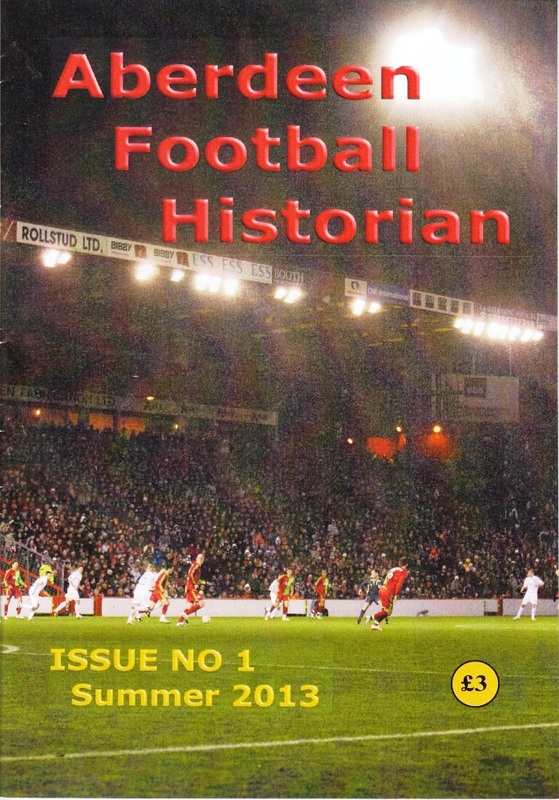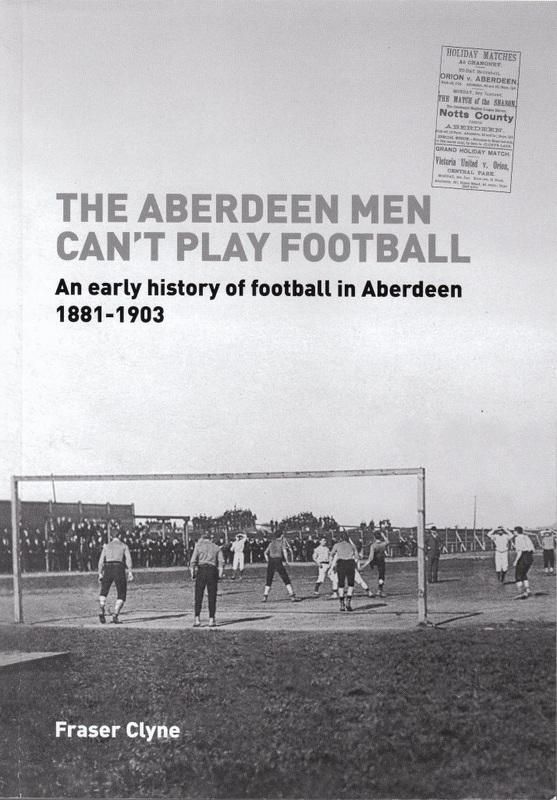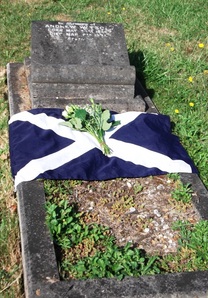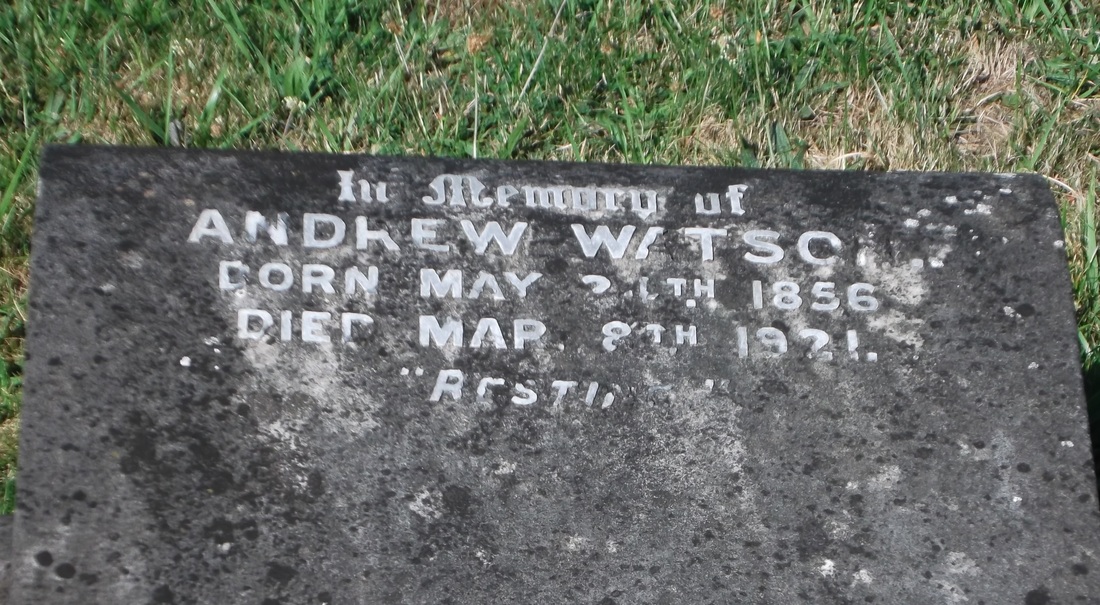The magazine, put together by local aficionados including club historian Kevin Stirling, is a fascinating read of 24 pages in full colour, with a cover price of just £3. The first issue, almost inevitably, starts by marking the 30th anniversary of Gothenburg but also has some original features such as the club's first mascot and the strong Aberdeen connections to Scotland's first international team.
There is a dedicated website, which adds to the existing AFC Heritage website, and combined they are a great resource.
For serious historians wanting to know what happened in Aberdeen before the present club was formed in 1903, I can strongly recommend Fraser Clyne's book The Aberdeen Men Can't Play Football (above right), which is an early history of football in Aberdeen from 1881 to 1903. Published last year at £12.99, it is a tour de force of original research, telling the story together with detailed statistics and many previously unseen photos. He gets to the bottom of the famous Bon Accord team that lost 36-0 to Arbroath, and turns up fascinating anecdotes such as the launch of a matchday programme by Orion FC in 1895 and various visits to the city by Scotland XIs and top English sides like Sunderland and Liverpool. Somewhat belately, it's my Scottish sport history book of 2012.




 RSS Feed
RSS Feed